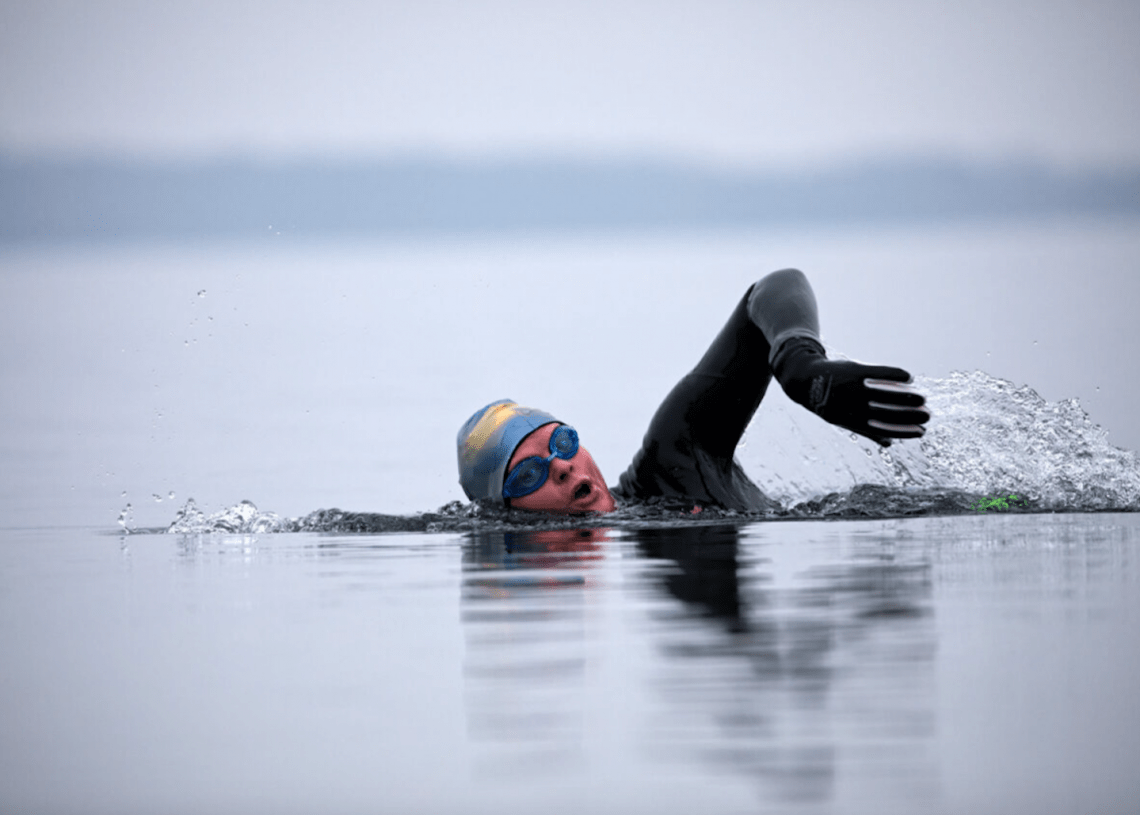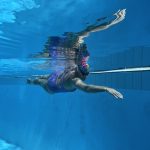
How do I motivate myself to train through winter?
Swimming coach Cassie Patten believes the winter months are prime time for focusing on technique and maintaining fitness levels
I love outdoor swimming but I don’t really like swimming in the cold for longer than a quick three-to-five minute dip (which I also love!). I have two big swims planned for 2024 and I wanted to know your views on what to do on the ‘off season’. I can swim indoors if you think that would help me for next year. I plan to keep dipping, but I don’t want to lose all the fitness I have worked hard to gain this year.
Sue
Oh Sue, I feel for you with this. All of the lakes that I use are now firmly in their winter timetable and I have noticed lots of wetsuits and woollies being pulled on. As you mentioned, it is this time of year when the main events have finished and people lose motivation to go training or cannot be in open water for long enough to really feel a training benefit. People tend to call this time of the year the down season, or as you called it the off season. It can been seen as not necessarily being very important.
However, I believe the time between the end of September and the beginning of March is actually the most important training cycle of the year. You mentioned you have big events coming up next year and I read you have been working hard to improve your fitness over the summer. If you back off now then all those gains will slide away. It can be easy to think: ‘Why bother swimming now if I’m not going to be at an event for months, I will pick it back up next year.’ My advice is to reframe it to: ‘If I work hard on my fitness and technique now, think how great I will be next year at my events’.
I agree the winter months can be hard to find the motivation to get up and go swimming, that is why I believe having a training plan already written out with one technical element for improvement can really help you ‘see the point’ in going. Then you use your cold-water dips as your solace as I know how great they are. If you do not normally follow a plan and you are not sure where to start, have a look on the Wavecrest Swimming website.
I have formulated a couple of training sessions for you to have a go at to get started. They do not have to be fancy – a simple warm up, prep set, main set and a swim down is a great starting point.
Finally, I believe it’s really important to have a technique point in mind went swimming. The most common technique inefficiency I see is when swimmers’ hands enter in line with the head, not the shoulder. This can lead to injury as well as being a weak position for your hand to be in when starting the catch. My top tips are to think about entering at 11 and one o’clock to your head at 12 o’clock.
Secondly, think about sliding your fingertips into the water first rather than your thumb leading the entry. This can greatly reduce the likelihood of getting shoulder injuries as well as being in a better position to start moving the water back for the catch.
I hope that helps, if you want more information send me an email or a DM on Instagram @cassie_patten_ and I can give you more guidance on what to do.









